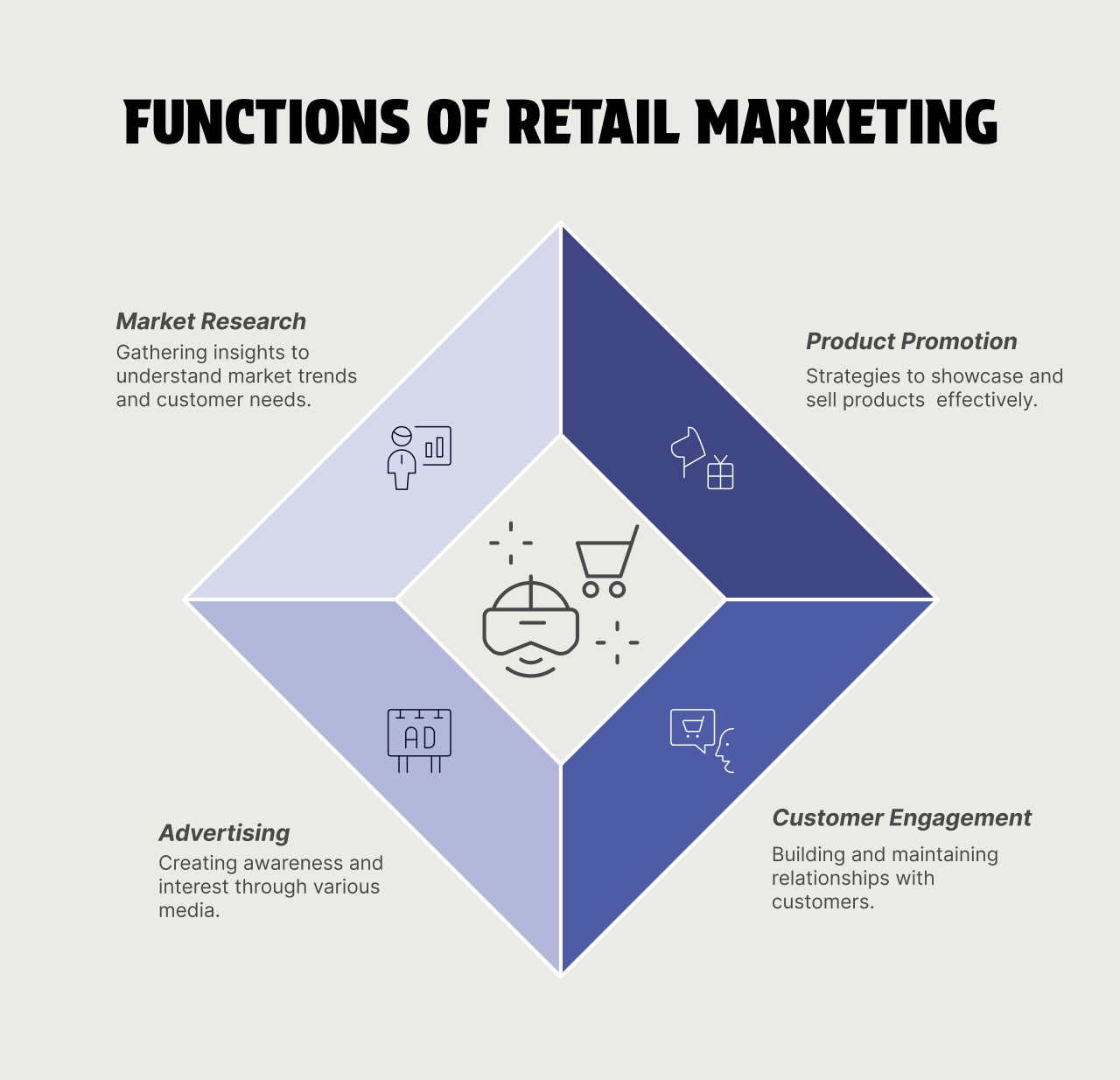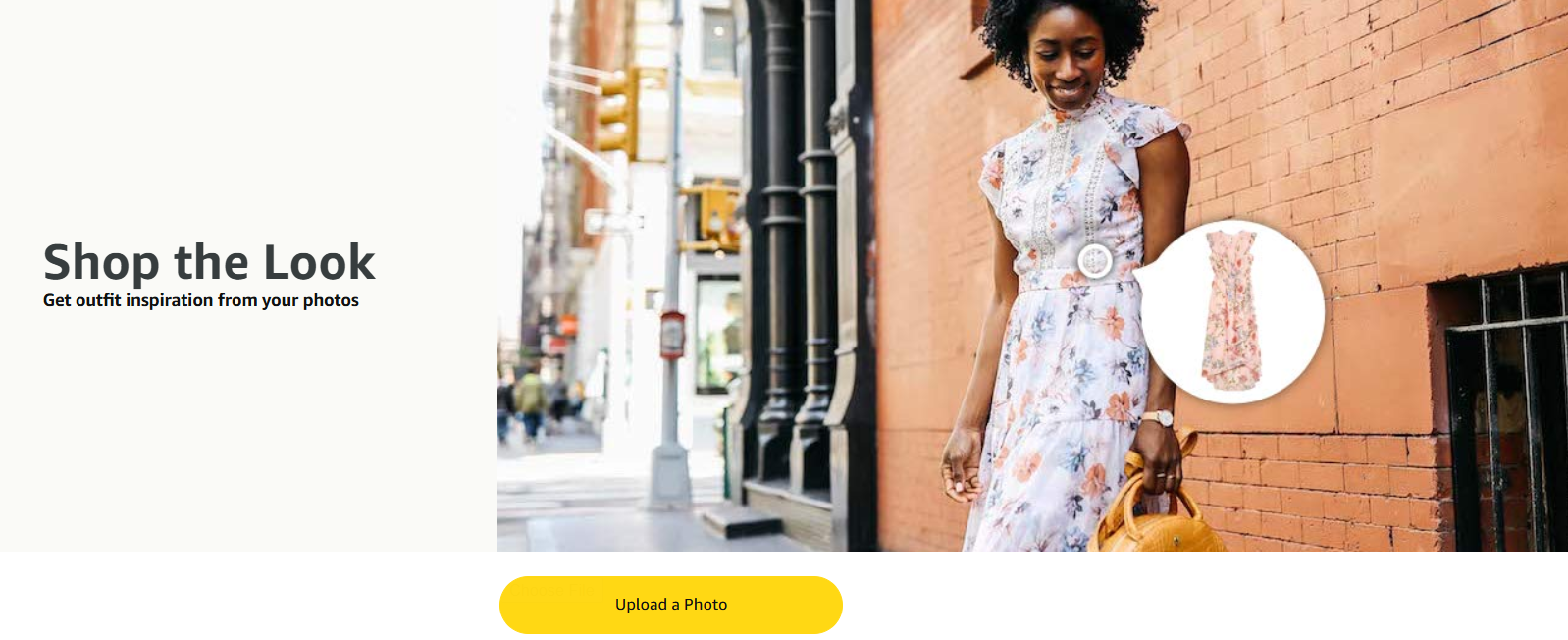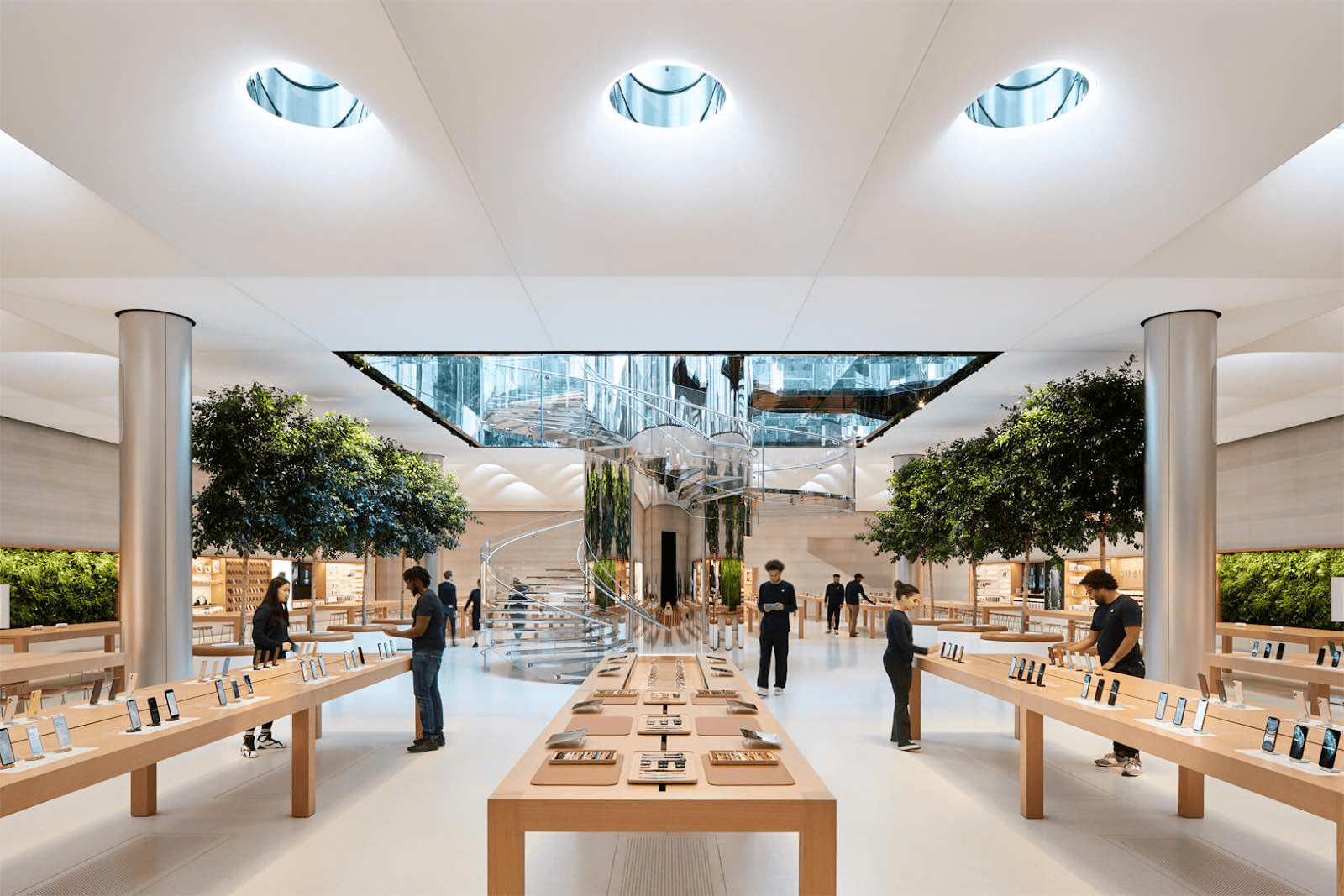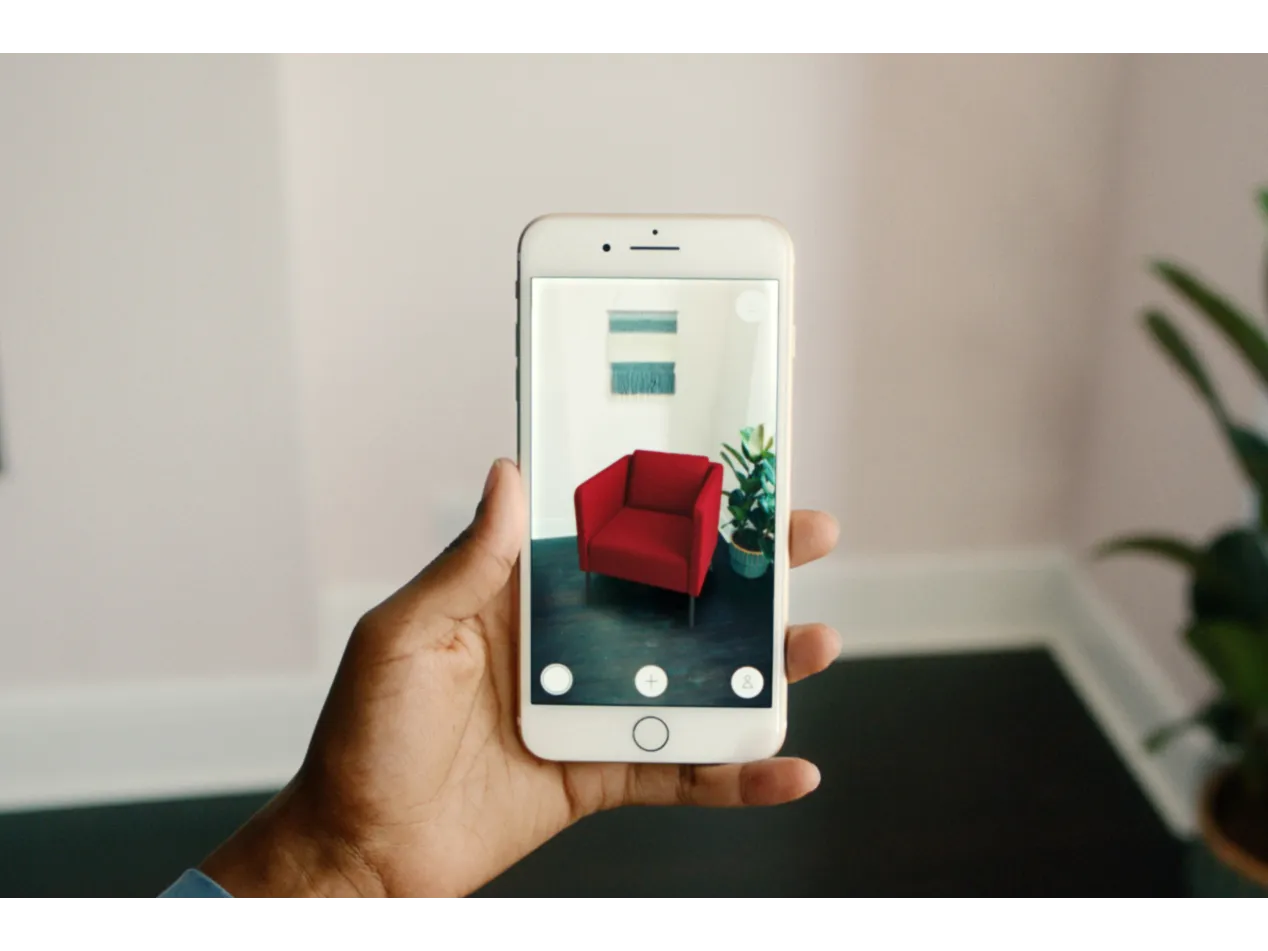Retail, by definition, refers to the selling of small quantities of products or services that customers use frequently. Retailers set up physical or digital stores to offer their products/services in the market.
With the evolving marketing landscape, retail marketing has also undergone significant transformations. Digital retail marketing is surpassing traditional retail marketing in many ways.
In this blog, we’ll explore retail marketing strategies, importance, as well as upcoming trends for expanding as a retail marketer.
What is Retail Marketing?
Retail marketing is the process of promoting goods and services through various marketing strategies. It incorporates core marketing concepts, including product development, traditional and digital advertising, and customer relationships.
Types of Retail Marketing
1. In-store Promotion
Retailers make strategic decisions to promote products/services with creative product displays and interactive demonstrations at their brick-and-mortar locations.
2. Traditional marketing
In This type of Retail Marketing, Retailers use traditional approaches such as SMS marketing, TV, radio, and print advertising to target local customers specifically.
3. Digital retail marketing
Digital marketing has opened multiple doors for retailers to promote their brand and their products. Using email, apps, displays, search engines, and social media marketing yields unimaginable results.
4 Functions of Retail Marketing

Function #1: Product Promotion
The primary goal of retail marketing is to promote products, services, and experiences across online and offline stores, which is achieved through:
- Merchandising: It plays a critical role in showcasing products to customers for brand awareness and consideration.
- Price Adjustment: The objective of a retail marketer is to earn profits from selling retail products. Effectively communicating the price and deals at the right time enhances promotion to the next level.
- Creating Product Experience: Marketing not only focuses on selling but also on creating a unique product experience. Visual representation through demos or banners is crucial.
- Manage Supply and Demand: Maintaining a healthy balance of supply and demand is pivotal for retail and e-commerce businesses.
Function #2: Customer Engagement
The success of retail marketing depends on how customers perceive and engage with the products. Marketing plays an important role in attracting foot traffic to stores and visits to websites.
- Research and Insights: Retail marketing enables marketers to understand customers' pain points, needs, and wants.
- User acquisition: Connecting with potential customers through various advertising channels to bring them into the stores.
- Retention: Nurture regular visitors and buyers by appreciating their efforts and curating special deals to keep them engaged.
Function #3: Advertising
The core function of retail advertising is to drive sales and generate profitability. Retailers can explore various scopes of marketing to increase visitor numbers.
- Maximize sales: Deploying omnichannel advertising strategies to attract customers to the stores to make purchases. Utilizing digital advertising channels can significantly enhance profitability.
- Brand building: Strong sales enhance the overall brand’s trust and credibility among users. Embracing new retail marketing trends like shoppable ads showcases its values.
Function #4: Market research
Understanding market segments, growth, and upcoming trends can be a game-changer for any retail brand owner. The primary function of retail marketing is to provide technologies and resources to analyze post-sales metrics.
- Competitors’ Research: Studying the market and analyzing competitors’ strategies is essential. Gaining a first-mover advantage can help in overcoming the competition.
- Analytics: Analyzing post-sales metrics provides valuable insights into customers’ preferences. Tracking metrics through digital channels has become much easier in recent times.
- Upcoming trends: Incorporating innovations in products or operations through R&D fulfills a critical role in aligning with emerging marketing trends.
4 Brilliant Retail Marketing Strategies to Sell More
eCommerce is dominating the retail space and compelling physical stores to sell online for better results. An effective retail marketing strategy should combine both digital and traditional marketing to leverage the benefits of each.
Strategy #1: Experiential In-Store Marketing
Create an interactive experience for both physical and online eCommerce stores through:
- Product Display: Utilize visual merchandising and point-of-purchase display techniques to attract customers and encourage purchases.
- Price Discounts: Entice customers with limited-time discounts, buy-one-get-one (B1G1) offers, or event-specific sales to maximize store visits.
- Free Trials & Interactive Demos: Retailers launching new products or brands market their offerings by providing free samples, trials, or interactive presentations.
Strategy #2: Social Media Marketing
Social media is a boon for e-commerce and retail businesses due to its advanced targeting and personalization features. You can utilize:
- Geotargeting: Customize location, language, and other demographic factors to cater to the local audience.
- Personalization: Create personalized product ads based on users' past search history and buying behavior.
- Shoppable Conversion Ads: Use interactive, end-to-end shoppable ads to boost conversion rates in retail stores.
Strategy #3: Customer-Centric Marketing
The retail marketing strategy must integrate the 7Ps and the 4Cs marketing model to better understand the needs and pain points of customers.
- Customer Segmentation: Blending the marketing mix with the 4Cs model can help segment the audience based on their unique characteristics.
- Membership and Loyalty Coupons: Reward loyal customers with exclusive coupons or memberships to enhance customer retention.
- Customer Relationship Management: Develop an enduring rapport with customers by using CRM tools to analyze customer interactions.
Strategy #4: Collaboration with Creators and Influencers
Short video IG reels and YouTube shorts have revolutionized retail marketing strategies. Ninety-eight percent of people trust YouTube recommendation videos.
Partnering with creators and niche influencers creates immersive short how-to-use, benefits, try-ons, or review videos, significantly increasing ad engagement.
5 Retail Marketing Examples
Here are a few amazing marketing examples from different retail and e-commerce brands.
Example #1: Walmart Store
Walmart is the most popular retail store, with over 10,000 stores globally. They have seamlessly integrated both physical and digital stores to enable users to shop from anywhere they choose.
Walmart's omnichannel strategy includes a click-and-collect service, also known as Buy Online, Pick Up In Store (BOPIS), which enables customers to buy products online and pick them up at a nearby store. This strategy has helped Walmart attract frequent visitors due to its convenience and flexibility.

Example #2: Amazon Style Snap
Amazon launched an AI-powered visual search feature that allows users to upload images and search for products. The StyleSnap feature shows suggestions for related products on Amazon that resemble the one in the picture using deep learning and computer vision.
It considers several variables, including brand, price range, and user reviews, while making recommendations.

Example #3: Kiro Beauty
Kiro Beauty creates an engaging ad experience featuring product demonstration videos, interactive elements, and purchasing links on the same page.
The shoppable ad featured four Kiro products, showcasing a beauty influencer offering product demos, which provides an immersive experience for customers. The ad includes clickable hotspots to make it more personalized for the users.
Example #4: Apple Store
Apple stores differ from conventional storefronts by focusing on simplicity and user-friendly features. Each element of their store reflects minimalism and clarity, effectively conveying brand identity.
Both online and offline stores maintain a similar clean aesthetic. Customers can explore products easily and take their time without feeling pressured.

Example #5: IKEA App
IKEA launched a new augmented reality (AR) app that uses Apple iOS 11's ARKit technology, allowing customers to use this feature to try products in their homes.
They can choose from more than 2,000 IKEA products and drag and drop them into a room to create an immersive product experience. Additionally, the IKEA Place app includes a built-in chatbot to assist users in navigating the technology.

6 Upcoming Retail Marketing Trends in 2025
Trend #1: Visual search
Image search is expected to grow with the assistance of Google Lens, e-commerce apps, and social media platforms.
Trend #2: Interactivity through AR & VR
Creating immersive retail experiences using AR & VR, along with chatbot technologies.
Trend #3: Shoppable Ads
The trend of selling products through live shoppable social media ads is anticipated to increase. Engaging ads that allow customers to interact are likely to gain popularity.
Also check: Top 5 Interactive Shoppable Video Platforms
Trend #4: Personalized using AI
Audience targeting will become hyper-personalized through advanced AI features.
Trend #5: Omnichannel Marketing
Establishing a seamless multi-channel shopping experience for users.
Trend #6: Sustainable Retailing
Top brands will adopt ethical and green marketing approaches.
Final Thoughts
The core of retail marketing revolves around customer experience and satisfaction. Building retail marketing strategies that address issues and enhance people's lives is a win-win for both customers and retailers.
For retail businesses, investing in solutions that support data-driven decision-making and fostering relationships with customers through meaningful experiences can be a long-term growth strategy.
